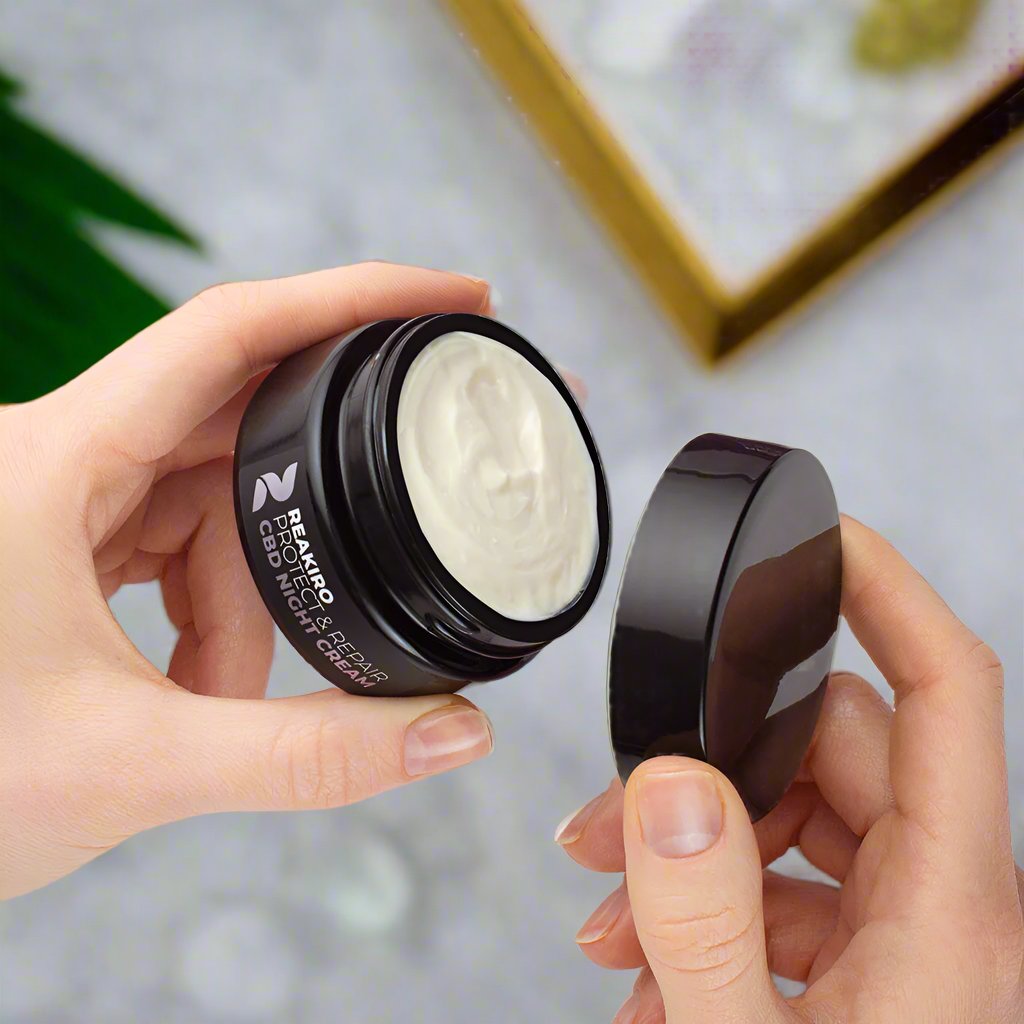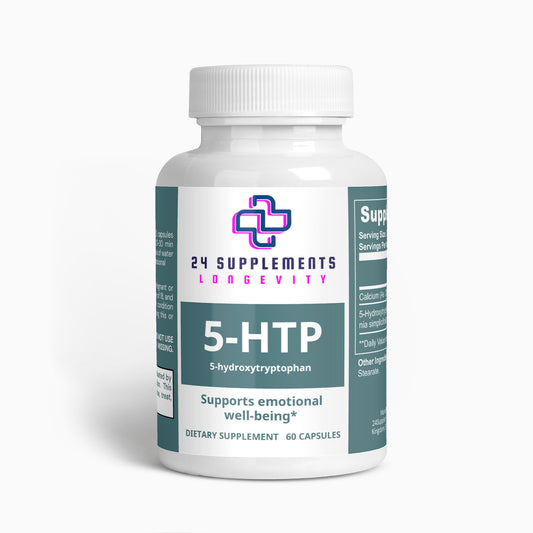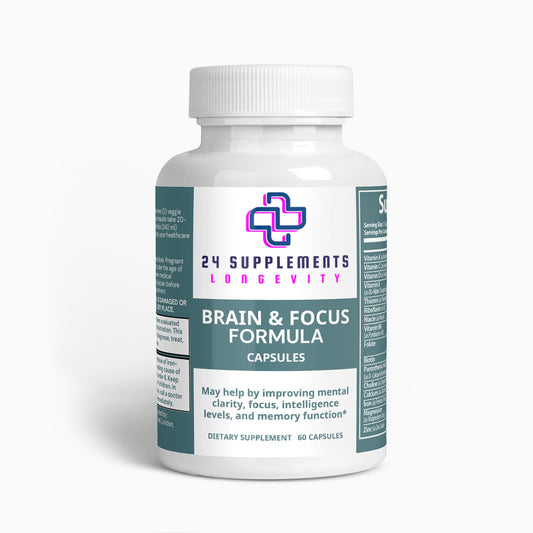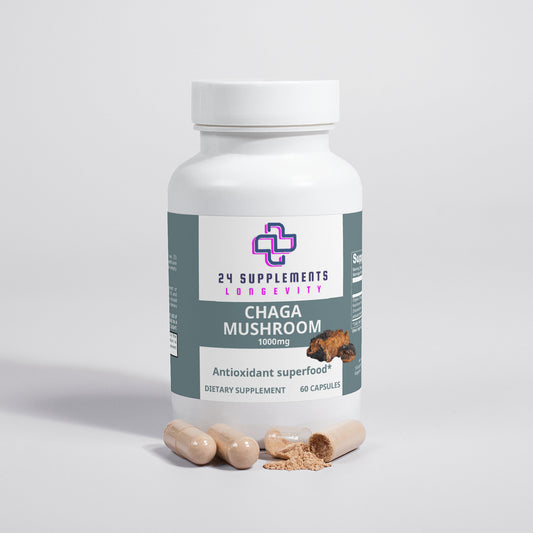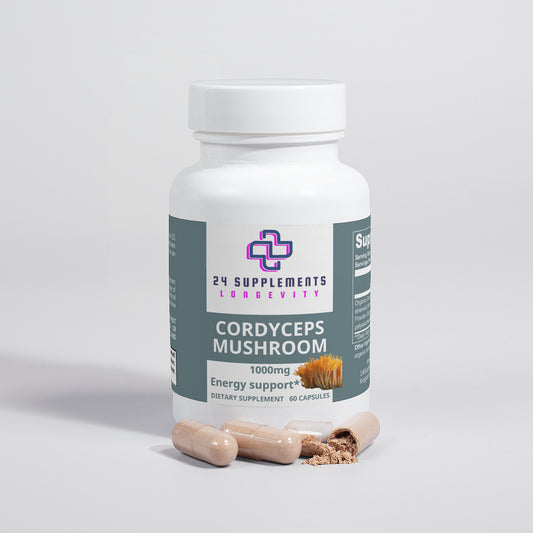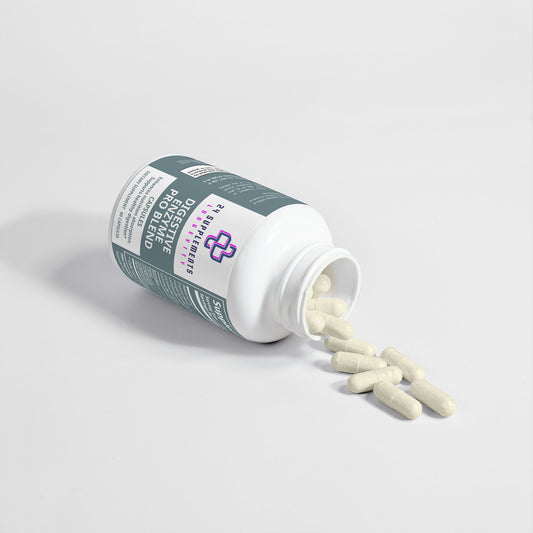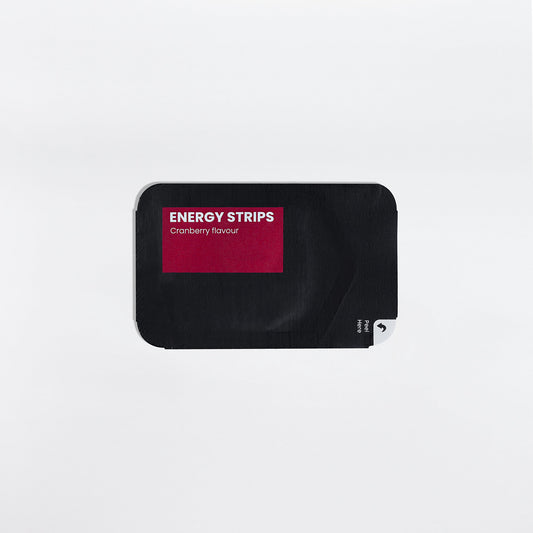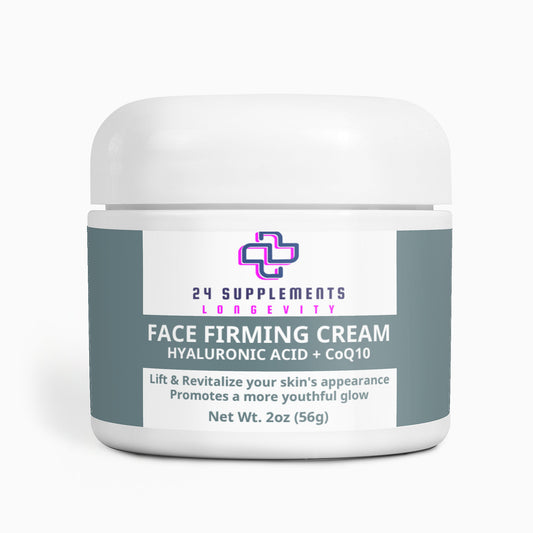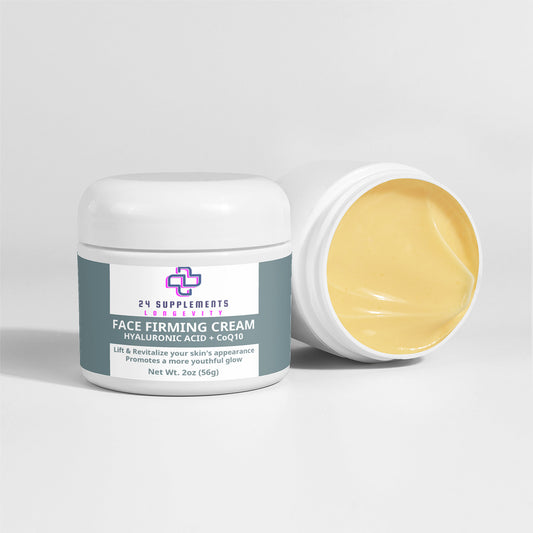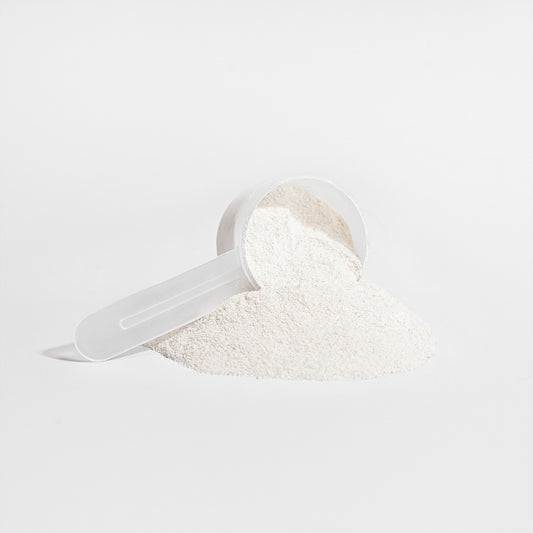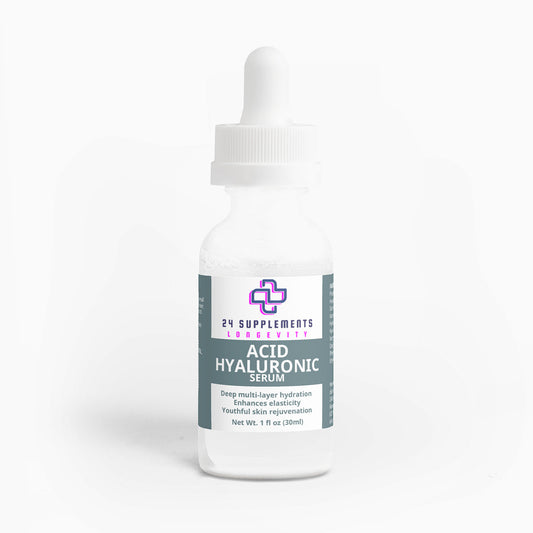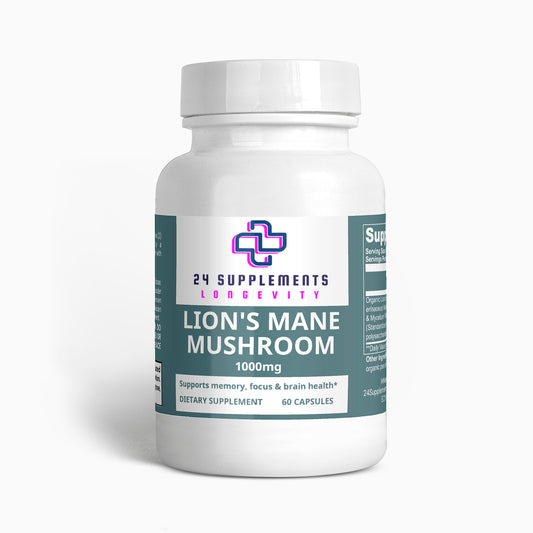
The Role of CBD in Managing Nerve Pain for Diabetic Neuropathy
Share

Introduction
Diabetic neuropathy is one of the most common complications of diabetes, affecting nearly 50% of people with the condition. It is a type of nerve damage that occurs due to prolonged high blood sugar levels, leading to symptoms such as pain, tingling, and numbness, primarily in the hands and feet. Managing this type of nerve pain is challenging, and traditional treatments often provide limited relief. As a result, many are turning to alternative therapies, including cannabidiol (CBD), a non-psychoactive compound found in the cannabis plant. This article explores the potential role of CBD in managing nerve pain associated with diabetic neuropathy, providing insights into its mechanisms, benefits, and best practices for use.
Understanding Diabetic Neuropathy
Diabetic neuropathy is a complex condition resulting from prolonged high blood glucose levels, which damage the nerves over time. This damage can lead to a wide range of symptoms, varying in intensity and type depending on the affected nerves.
What is Diabetic Neuropathy?
Diabetic neuropathy refers to nerve damage caused by diabetes, particularly when blood sugar levels are not well-controlled. There are several types of diabetic neuropathy, but the most common form is peripheral neuropathy, which affects the extremities, especially the feet and legs.
Symptoms of Diabetic Neuropathy
Pain and Tingling: One of the earliest and most common symptoms is a burning or tingling sensation in the extremities. This pain can range from mild discomfort to severe, debilitating pain.
Numbness: As the condition progresses, many individuals experience numbness, making it difficult to feel injuries or changes in temperature.
Muscle Weakness: Neuropathy can also lead to muscle weakness, affecting mobility and balance.
Digestive Issues: In some cases, autonomic neuropathy can develop, impacting the nerves that control the digestive system, leading to issues like nausea, vomiting, and constipation.
Impact on Daily Life
The symptoms of diabetic neuropathy can significantly impact a person’s quality of life. Chronic pain and numbness can interfere with daily activities, reduce mobility, and increase the risk of serious complications, such as foot ulcers or infections, which can lead to amputations.
Traditional Treatments for Diabetic Neuropathy
Traditional treatment options for diabetic neuropathy include medications like anticonvulsants, antidepressants, and opioids. However, these treatments often provide only partial relief and come with a host of potential side effects, such as drowsiness, dizziness, and the risk of addiction. This has led many individuals to seek alternative treatments like CBD, which may offer a more natural approach to managing nerve pain.
How CBD Interacts with the Body to Alleviate Nerve Pain
CBD, or cannabidiol, has gained attention for its potential to manage various forms of chronic pain, including the nerve pain associated with diabetic neuropathy. Its ability to alleviate pain stems from its interaction with the body's endocannabinoid system (ECS), a complex cell-signaling system that plays a crucial role in regulating a wide range of functions, including pain, inflammation, and immune response.
The Endocannabinoid System and Pain Regulation
The ECS consists of endocannabinoids (natural compounds produced by the body), cannabinoid receptors (CB1 and CB2), and enzymes that break down endocannabinoids. The primary role of the ECS is to maintain homeostasis, or balance, within the body.
CB1 Receptors: These receptors are predominantly found in the brain and central nervous system. They are involved in regulating pain, mood, and memory.
CB2 Receptors: Located primarily in the peripheral nervous system and immune cells, CB2 receptors play a significant role in managing inflammation and pain.
CBD interacts indirectly with these receptors, enhancing the body's ability to regulate pain and inflammation. By inhibiting the breakdown of endocannabinoids like anandamide, CBD increases their levels in the bloodstream, leading to enhanced pain relief and reduced inflammation.
CBD's Anti-Inflammatory Properties
Inflammation plays a key role in the development and progression of diabetic neuropathy. Chronic high blood sugar levels cause oxidative stress and inflammation, leading to nerve damage over time. CBD's potent anti-inflammatory properties help reduce this inflammation, potentially slowing the progression of nerve damage and alleviating associated pain.
Neuroprotective Effects of CBD
CBD also exhibits neuroprotective properties, meaning it may help protect nerve cells from damage or degeneration. This is particularly important in diabetic neuropathy, where prolonged exposure to high glucose levels can lead to irreversible nerve damage. By protecting nerve cells, CBD may help preserve nerve function and reduce the severity of symptoms.
Scientific Studies Supporting the Use of CBD for Diabetic Neuropathy
Several studies have explored the potential of CBD in managing neuropathic pain, including diabetic neuropathy. For example:
Study 1: A 2012 study published in the Journal of Experimental Medicine found that CBD significantly reduced chronic inflammation and pain in mice by targeting specific receptors in the ECS. The study suggested that CBD could be a promising therapeutic option for managing neuropathic pain.
Study 2: A 2020 clinical trial published in the European Journal of Pain demonstrated that topical CBD application significantly reduced pain and discomfort in patients with peripheral neuropathy, a common manifestation of diabetic neuropathy. Participants reported improvements in both pain levels and overall quality of life.
These findings suggest that CBD has the potential to offer meaningful relief for individuals suffering from diabetic neuropathy, particularly when traditional treatments fail to provide adequate relief.
Benefits of Using CBD for Diabetic Neuropathy
CBD offers several potential benefits for managing diabetic neuropathy, particularly in comparison to traditional pain management methods.
Reduction of Pain and Discomfort
One of the most significant benefits of CBD is its ability to reduce the pain and discomfort associated with diabetic neuropathy. By interacting with the ECS, CBD can help modulate pain signals and reduce the intensity of nerve pain. This can lead to a significant improvement in the quality of life for individuals who struggle with chronic pain.
Improvement of Sleep Quality
Chronic pain often interferes with sleep, leading to a cycle of pain and sleeplessness that can be difficult to break. CBD has been shown to have a calming effect on the nervous system, helping to reduce anxiety and promote better sleep. For individuals with diabetic neuropathy, improved sleep quality can further contribute to pain relief and overall well-being.
Natural and Fewer Side Effects
Compared to traditional pain medications, CBD is generally considered to have a favorable safety profile. While it is not entirely without side effects, these are typically mild and may include drowsiness, dry mouth, and changes in appetite. This makes CBD a potentially safer alternative to opioids or other medications that carry higher risks of dependency and severe side effects.
Enhancement of Overall Quality of Life
By reducing pain, improving sleep, and offering a natural alternative to pharmaceutical treatments, CBD can contribute to a better overall quality of life for individuals with diabetic neuropathy. Many patients report feeling more in control of their pain and experiencing fewer disruptions to their daily lives.
Case Studies and Patient Testimonials
Numerous anecdotal reports and patient testimonials support the use of CBD for managing diabetic neuropathy. For example:
Case Study 1: A 65-year-old patient with type 2 diabetes and severe neuropathy reported significant pain reduction after incorporating CBD oil into their daily routine. The patient noted that their need for prescription painkillers decreased, and they were able to engage in more physical activities without experiencing debilitating pain.
Testimonial: "After trying various treatments with little success, I decided to give CBD a try. Within weeks, my nerve pain started to ease, and I could finally get a good night's sleep. CBD has made a world of difference in my life."
These real-world examples highlight the potential of CBD to provide relief and improve the quality of life for those suffering from diabetic neuropathy.
Best Practices for Using CBD in Diabetic Neuropathy
For individuals considering CBD as a treatment for diabetic neuropathy, understanding the best practices for use is essential to maximizing its benefits.
Dosage Guidelines
Start Low, Go Slow: Begin with a low dose (e.g., 10-20 mg per day) and gradually increase until you achieve the desired effect. This approach helps minimize the risk of side effects and allows for precise control over dosage.
Monitor Blood Sugar Levels: While CBD is generally safe, individuals with diabetes should monitor their blood sugar levels regularly when starting CBD, as it may interact with medications that affect glucose levels.
Consult with a Healthcare Provider: Before starting CBD, consult with a healthcare provider, especially if you are on other medications for diabetes. They can help guide dosage and monitor for potential interactions.
Choosing the Right CBD Products
Oils and Tinctures: These allow for easy dosing and quick absorption, making them a popular choice for managing nerve pain.
Topicals: Ideal for localized pain relief, topicals can be applied directly to the affected areas for targeted relief.
Capsules and Edibles: These provide consistent dosing and are convenient for daily use, though they may take longer to take effect compared to oils and tinctures.
Safety Considerations
Quality Matters: Choose high-quality CBD products from reputable sources. Look for products that are third-party tested for purity and potency.
Legal Considerations: Ensure that the CBD products you purchase comply with local laws, particularly in terms of THC content (usually required to be less than 0.3%).
Comparing CBD with Other Alternative Treatments
While CBD shows promise in managing diabetic neuropathy, it is one of several alternative treatments available. Here’s how it compares:
1. Alpha-Lipoic Acid (ALA)
Mechanism of Action: ALA is an antioxidant that helps reduce oxidative stress and improve nerve function.
Effectiveness: Some studies suggest that ALA can reduce symptoms of diabetic neuropathy, such as pain and numbness, particularly when used in higher doses.
Comparison to CBD: While both ALA and CBD have anti-inflammatory and neuroprotective properties, CBD may offer broader benefits due to its interaction with the endocannabinoid system, which directly influences pain signaling pathways.
2. Acupuncture
Mechanism of Action: Acupuncture involves inserting fine needles into specific points on the body to stimulate nerves and muscles, promoting pain relief and healing.
Effectiveness: Many individuals report relief from nerve pain through acupuncture, although the extent of relief can vary.
Comparison to CBD: Acupuncture can provide localized pain relief similar to CBD topicals, but CBD offers the added benefit of systemic pain management when taken orally or sublingually.
3. Physical Therapy
Mechanism of Action: Physical therapy focuses on exercises and techniques to improve strength, flexibility, and balance, helping to manage pain and prevent further injury.
Effectiveness: Regular physical therapy can help manage symptoms of neuropathy, though it may require a long-term commitment.
Comparison to CBD: Physical therapy is essential for maintaining mobility and function, but it doesn’t directly address nerve pain like CBD. Combining physical therapy with CBD might provide the best overall relief.
4. Capsaicin Cream
Mechanism of Action: Capsaicin, the active component in chili peppers, works by depleting substance P, a chemical in the body that transmits pain signals.
Effectiveness: Capsaicin cream can reduce the intensity of pain when applied to the skin, but it may cause a burning sensation.
Comparison to CBD: Both capsaicin and CBD topicals provide localized relief, but CBD tends to be better tolerated and offers additional anti-inflammatory benefits.
5. Complementary Therapies
Examples: Meditation, yoga, and mindfulness practices can help manage the psychological aspects of chronic pain.
Effectiveness: These therapies can improve overall well-being and help individuals cope with the stress and anxiety associated with chronic pain.
Comparison to CBD: CBD can complement these therapies by reducing anxiety and promoting relaxation, making it easier to engage in complementary practices.
Conclusion
Diabetic neuropathy presents significant challenges in pain management, but CBD offers a promising alternative for those seeking relief from nerve pain. By interacting with the endocannabinoid system, reducing inflammation, and providing neuroprotective effects, CBD can help alleviate the symptoms of diabetic neuropathy and improve overall quality of life.
While traditional treatments and other alternative therapies remain important, CBD stands out for its versatility and favorable safety profile. Whether used alone or in combination with other treatments, CBD offers a natural approach to managing the complex symptoms of diabetic neuropathy.
As always, it’s essential to consult with a healthcare provider before starting any new treatment, particularly for individuals with underlying health conditions like diabetes. With proper guidance and careful monitoring, CBD can become a valuable part of a comprehensive diabetic neuropathy care plan.





